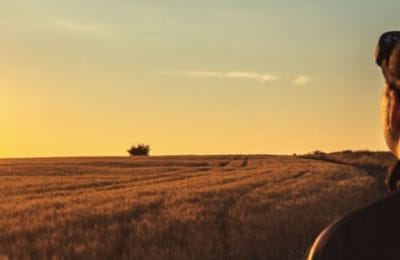Created as a “Rural Worker Assistance and Pension Fund”, FUNRURAL is a contribution owed by the individual rural employer. Its legislative origin dates back to 1963, through Law 4,214, known as the Rural Worker Statute, which established the collection of a contribution of 1% on the value of agricultural products.
After numerous legislative changes, currently the contribution owed by the individual rural producer is provided for in Law 8,212/91, cumulatively with the changes in the wording applied through Laws 8,540/92, 8,870/94, 9,528/97, 10,256/01, among others.
It should be noted that, together with the legislative changes, there were several judicial discussions about the (un)constitutionality of this contribution, with the Superior Federal Court defining the mandatory contribution, which must be paid by special insured rural producers, or taxpayers. individual.
An individual taxpayer is a rural producer, an individual owner or not, who operates rural activities, whether permanently or temporarily, and who works with the help of employees.
In turn, the special insured is the individual rural producer who individually, or as part of a family regime, operates rural activities.
In this scope, it was defined that the individual rural producer will pay, as a contribution, the amounts relating to:
- 1.2% (contribution itself);
- plus 0.1% SAT (financing of benefits due to accidents at work);
Both percentages will affect the value of the result from the commercialization of the taxpayer’s production.
Along with the establishment of the rules for the contribution in question, the figure of the tax person was foreseen[1]. This legal character had a special responsibility, as he was not a tax payer, he was obliged to retain and pass on to the public coffers the amounts relating to the taxpayer’s obligation, in other words, he would deduct the amounts relating to FUNRURAL from the purchase price and pass this amount on to public safes.
In this case, for example, when a rural producer sells his production to a slaughterhouse, the latter (slaughterhouse) will retain the FUNRURAL value and pass it on to the public entity.
What we saw over the years was that this retention/transfer ended up not occurring, since the person responsible for taxation (in the example the meatpacking company) had judicial authorization to stop carrying out this retention, consequently paying the amount, for the acquisition of the production, full to the rural producer. However, this authorization was valid only for the person responsible for taxation, not removing the obligation to pay FUNRURAL which belongs to the rural producer. This fact culminated in numerous producers being charged/filed by the Federal Revenue Service for unpaid contribution amounts.
Aiming to regularize these amounts in arrears, in 2018 the Rural Tax Regularization Program (PRR – Law 13,606/2018) was created, which enabled the payment of contribution amounts, specifically debts due by August 30, 2017, in a paid in installments and with benefits, including:
- the reduction of 100% (one hundred percent) of late payment and ex officio fines and legal charges, including legal fees;
- a 100% (one hundred percent) reduction in late payment interest.
[1] Acquiring, consumer or consignee company or cooperative.
Currently, starting on 03/15/2021, given the impacts of the pandemic caused by COVID-19 in the country, there is a new possibility of paying off FUNRURAL debts, as well as ITR, through the Fiscal Resumption Program, created through of Ordinance no. 21,562/2020, together with Ordinance PGFN/ME n. 2,381/21 and .
The settlement provided for in the Tax Recovery Program may occur through taxpayers adhering to the transaction/installment modalities, with the possibility of reducing the amounts owed by up to 70% of the outstanding balance and up to 100% of interest and fines.
It is worth mentioning that these reduction percentages vary for each case, with the taxpayer having to demonstrate compliance with the requirements set out in the Program, in particular the completion of a form in which the characteristics of the taxpayer will be demonstrated, as well as the debt, resulting in the classification of both for joining the program, as well as to check what percentage of reduction will be applied.
Source: Henrique Bernardes, lawyer and partner at Coelho Silva e Centeno Advogados



